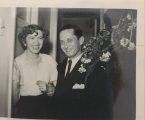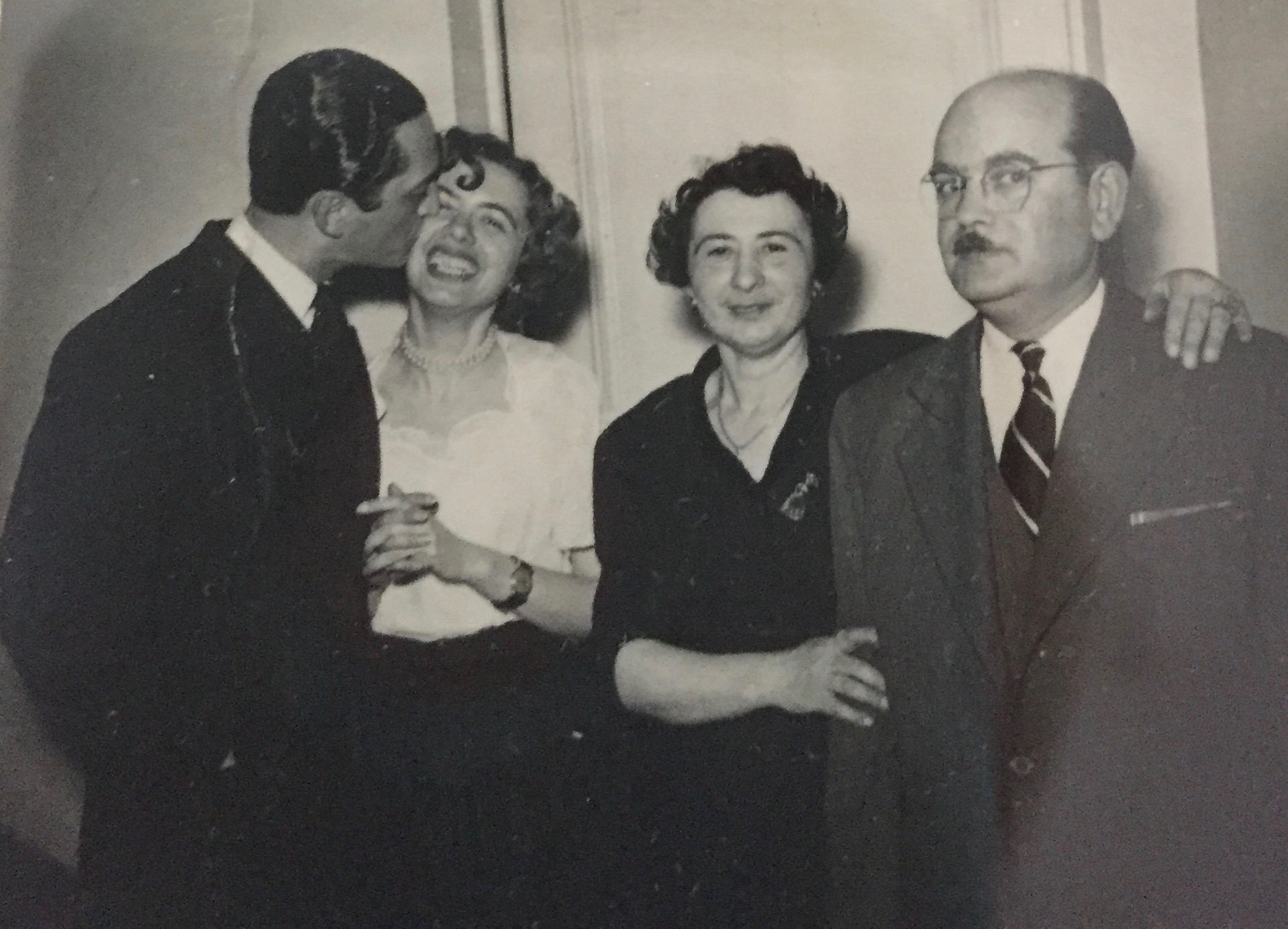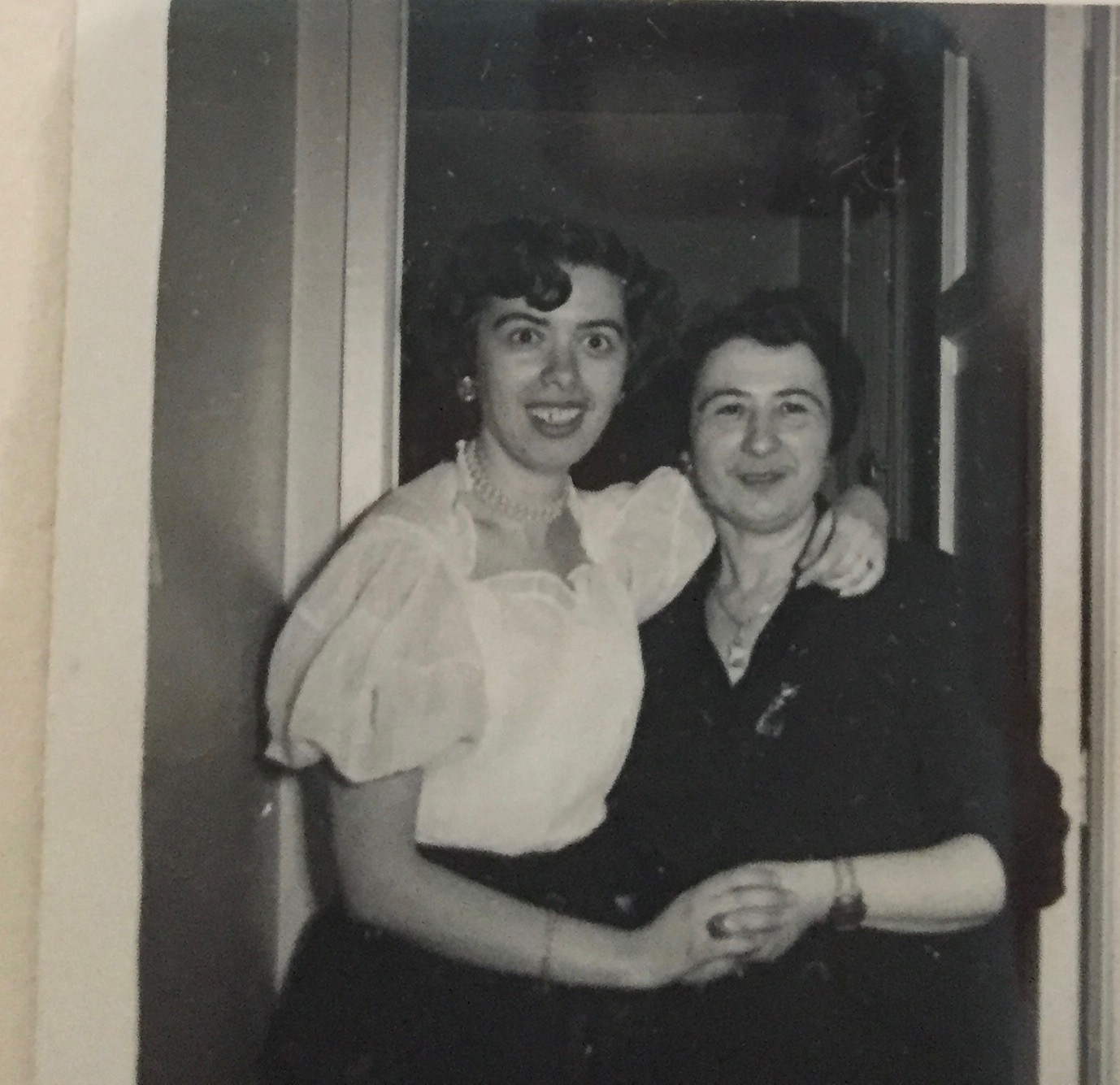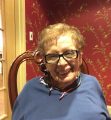- Local Survivor registry
- RUTH HERMANN
- Local Survivor registry
- RUTH HERMANN
Survivor Profile
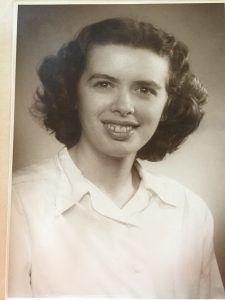
RUTH
HERMANN
(1928 - 2018)
PRE-WAR NAME:
RUTH ALTNEU
RUTH ALTNEU
PLACE OF BIRTH:
VIENNA, AUSTRIA
VIENNA, AUSTRIA
DATE OF BIRTH:
FEBRUARY 25, 1928
FEBRUARY 25, 1928
LOCATION(s) BEFORE THE WAR:
VIENNA, AUSTRIA; BUCHAREST, ROMANIA
VIENNA, AUSTRIA; BUCHAREST, ROMANIA
LOCATION(s) DURING THE WAR:
BUCHAREST; GHETTO, CZERNOWICZ; LABOR CAMP, TRANSNISTRIA
BUCHAREST; GHETTO, CZERNOWICZ; LABOR CAMP, TRANSNISTRIA
STATUS:
CHILD SURVIVOR, REFUGEE
CHILD SURVIVOR, REFUGEE
RELATED PERSON(S):
ALBERT HERMANN - Spouse (Deceased),
BEATRIZ MINIACI - Daughter,
MIRIAM MONROE - Daughter,
DANIEL ERIC HERMANN - Son,
7 Grandchildren
-
BIOGRAPHY BY Nancy Gorrell
Ruth was born in Vienna, Austria, to German parents, Ida and Jacob Altneu, on February 25, 1928. She was their only child. Her life changed in 1932 when her father’s company sent him to work in Bucharest, Romania. Ruth was only four years old when the family settled there. Her early childhood memories include violent anti-Semitic incidents when she went to public school. She often ended up in the nurse’s office and had to be taken home by her mother due to the actions of her first grade teacher who incited the “kids against us.” In fourth grade she changed schools and went to an English missionary school where the treatment was more humane. Ruth doesn’t recall going to synagogue in Bucharest, but after the Nazi invasion, she remembers the building of the ghetto in Czernowicz. Her family waited about six months and then they were taken to a labor camp in Transnistria, often referred to as “the Romanian Auschwitz” (refer to historical note). Ruth describes working there as a child “in the fields and the streets…taking care of everything while the others were gone.” By some miracle of good fortune, one of her father’s clients, Papzian, became a friend and rescuer. He got special visas with his connections and took Ruth and her family out of the labor camp and back to Bucharest. In Bucharest, he helped Ruth’s father open a small jewelry store, and then he acquired visas after the war for the family to go to Paris.
The company Ruth’s father was working for was a supplier for Cartier. In 1946 or early 1947, the family moved to Paris. Ruth went to the Sorbonne and finished her studies. She studied office managing and later worked for Coco Chanel. Ruth was employed because she had an advantage—she knew office skills and English from her missionary school experience. Ruth loved Paris and didn’t want to leave, but her mother’s youngest sister was living in Chile and sent visas to the Embassy in Paris. Her father wanted to go because of the Cold War. He said, “He went through two wars already and he didn’t want to go through a third one.” So Ruth’s family emigrated from Paris to Chile because of the Cold War only to find “the communists liked us so much they followed us to Chile.”
In 1965 her family left for the United States. Ruth was in her 30s. She had gotten married in Chile to Albert Hermann and had two children, both daughters, born there—Beatriz and Miriam. Her son, Daniel, was born in the United States. She met her future husband at a Jewish club her parents belonged to, the Maccabi Club, where Albert, from Argentina, was visiting on vacation. They met in May 1953, were engaged in September, and married in December, all in one year. When they first arrived in the US, they went to Washington, DC to validate their visas. Then they settled in Long Island, New York where Albert was working for Dupont in Mineola and Ruth was working at Franklin National Bank in Garden City. They settled in Levittown for a time and then moved in 1984 to Fort Lauderdale, Florida to live near their eldest daughter. Tragically, Albert passed away in January 1985. Ruth lived in Florida for 30 years, when she decided to move to Hillsborough, New Jersey to live near Daniel, her son and her grandchildren. “I was very lonely as a child, and I didn’t want that to happen to my children, so now I have seven grandchildren.”
Ruth’s message for future generations is: to the deniers I say I hope they should never be in a situation to go through the atrocities that we had to go through.
Editor’s Note:
Refer to Historical Notes Below for Transnistria -
SURVIVOR INTERVIEW:
RUTH HERMANN INTERVIEW
Date: April 28, 2017
Location: Hermann Residence
Interviewer: Nancy Gorrell
Q: When were and where were you born?
I was born in Vienna, Austria to German parents, Ida and Jacob Altneu, on February 25, 1928. I am an only child.Q: What was your early childhood like?
Very nice up until I turned four.Q: What happened then?
The company that my father worked for sent him to Bucharest, Romania. The whole family moved there in 1932.Q: How long did you live in Romania?
Long. We left Romania after the war, sometime in 1946 or early 1947.Q: What are your early childhood memories of Bucharest?
I was so little. Not much in the beginning.Q: What about your schooling? Any memories?
Oh yes, with the kids where we lived. I don’t know if it was because I was going to a public school with all kinds of kids. The person I remember well was my teacher in first grade. She was strongly against Jews. She incited the kids against us. Also, I often ended up in the nurse’s office, and they had to call my mother up, and she had to come to take me home.Q: Were you hurt?
Oh, yes.Q: How long did you go to public school?
I finished 4th grade and then went to a private school; an English missionary school. Not a Jewish school. I didn’t go to any Jewish anything.Q: Were you treated better in the missionary school?
Oh, yes. There was no politics or question about Judaism.Q: Did your family go to synagogue?
I don’t remember about that, but in 1939, after the Nazi invasion, they started to build the ghetto.Q: What happened to you and your family during the war?
First we went together to the ghetto in Czernowicz. We just waited there. I have no memories of much. I was 11. We waited about six months, and then we were taken together to a labor camp in Transnistria.Q: What did you do in the labor camp?
Worked and worked. All the residents of the area were in the war. So the Jews in the labor camp took care of the farms and the animals. There weren’t only Jews; there were people that Hitler didn’t like there too, like political prisoners. The kids and also adults were busy in the kitchen and cleaning the cabins and doing the wash, working in the fields and streets—taking care of everything while the others were gone.Q: Did all your family survive?
Yes.Q: Do you remember who liberated you from the camp?
In our case, one of my dad’s clients, Papazian, had turned into a friend. He was a very wealthy man, an Armenian. Of course, when he heard when we were taken to the labor camp, he promised to see if he could try to get us out before the war ended. In fact, he did. He got a special visa with his connections and took us out of the camp and took us back to Bucharest.Q: What did your family do back in Bucharest?
When we were back in Bucharest, he helped my dad to open a small jewelry store and then he said he would try to get us an exit visa to go to Paris. The company that my dad worked for was a supplier for Cartier in Paris.Q: When did you go to Paris?
Either the end of 1946, or the beginning of 1947, we went to Paris to live and my father worked there for Cartier.Q: What was post war Paris like?
Oh I loved it! I didn’t want to leave. Unfortunately, the Russians didn’t give us any choice. The Cold War came.Q: What did you do in Paris?
I went to the Sorbonne and finished my studies. I studied office managing. The school had connections with Coco Chanel who hired students. I worked for Coco Chanel.Q: There are movies about her? Are they true?
Oh yes. She came to the school to check out the students too see which students she would employ. I did office work. I had an advantage because I knew English from the missionary school.Q: Why did your family leave Paris?
Unfortunately, my mother’s youngest sister got married before the war, and he was an electrical engineer and signed a contract with one of the copper mines in South America, and after getting married in Europe, they moved to South America. After a year living there, my aunt sent us a visa to the Embassy in Paris to go to Chile.Q: Did you want to go?
No. But my father wanted to go. “He said he went through two wars already, and he didn’t want to go to a third one.” Believe it or not, it seems the communists liked us so much they followed us to Chile. A year before Chile got a communist government, we left.Q: Is that when you came to the US?
Yes, in 1965. I was in my 30s. I got married in Chile to Albert Hermann and had two children, both daughters, born there—Beatriz and Miriam. My son, Daniel was born in the US.Q: How did you meet your husband?
My parents were members to some kind of club, Maccabi, I think. He was there. He lived in Argentina and was there for his vacation. We met in May, got engaged in September and got married in December, all in the same year—1953…I think so!Q: How many grandchildren?
Seven. I was very lonely as a child and I didn’t want that to happen to my children so now I have seven grandchildren.Q: Where did you first go in the US?
First, we went to Washington, DC to validate our entry visas. And then my husband got a work visa for Dupont in Mineola, New York. I started working at Franklin National Bank in Garden City. We also lived in Levittown for a time and then in 1984, we moved to Fort Lauderdale, Florida to be near our eldest daughter. We lived in Florida for 30 years. Coming back to New Jersey was quite a shock. I couldn’t believe it when they told me there was no bus service here. Everything is so different. But I’m near my son, Daniel and my grandchildren.Q: If you could leave a message about the Holocaust for the next generation, what would you say?
To the deniers I say I hope they should never be in a situation to go through the atrocities that we had to go through. -
HISTORICAL NOTES:
Chernovtsy (Czernowitz) was part of Romania (Cernauti) at the start of the war. In June, 1940, it was incorporated into the Soviet Union. In June, 1941, the city was evacuated by the Soviets, and by October, all the Jews (over 50,000) were confined to a small ghetto. The Germans arrived on July 5, and it is estimated that 2,000 to 3,000 Jews were killed within 24 hours. In October, 1941, the Jews were concentrated in a ghetto, and all their property was confiscated. Over 30,000 Jews were ultimately deported to Transnistria, and it is estimated that 60% of these deportees died there. In October, 1943, restrictions on Jewish movement were abolished, and the swift liberation by Soviet forces in early 1944 saved the 15,000 Jews remaining in the city.
Transnistria was a geographic freak, but a historic reality. The name was coined by the Fascists to designate a territory of about 16,000 square miles, designated for the annihilation of Jews deported from Romania. It was an area situated in southwestern Ukraine, between the River Dniester to the west, the River Bug to the east, the Black Sea to the south, and a line beyond the city of Moghilev – Podolsky to the north. In Romanian the river is called Nistru. Trans-Nistria meant “beyond the River Dniester”. The name Transnistria was decreed into existence by the Romanian dictator, Marshal Ion Antonescu, in the summer of 1941. Territorially, Transnistria was the largest killing field in the Holocaust. Many authors refer to it as “The Romanian Auschwitz.” The name of that territory was in existence until the spring of 1944, when the Soviet Army re-conquered southern Ukraine.
-
Sources and Credits:
Credits:
SSBJCC Survivor Registry Interview with Ruth Hermann, April 28, 2017, Interviewer: Nancy Gorrell; Biography by Nancy Gorrell; Digital historic and family photographs donated by Daniel Hermann.
The SSBJCC Holocaust Memorial and Education Center gratefully acknowledges donation to the Center of digital historic and family photographs by Daniel Hermann.


